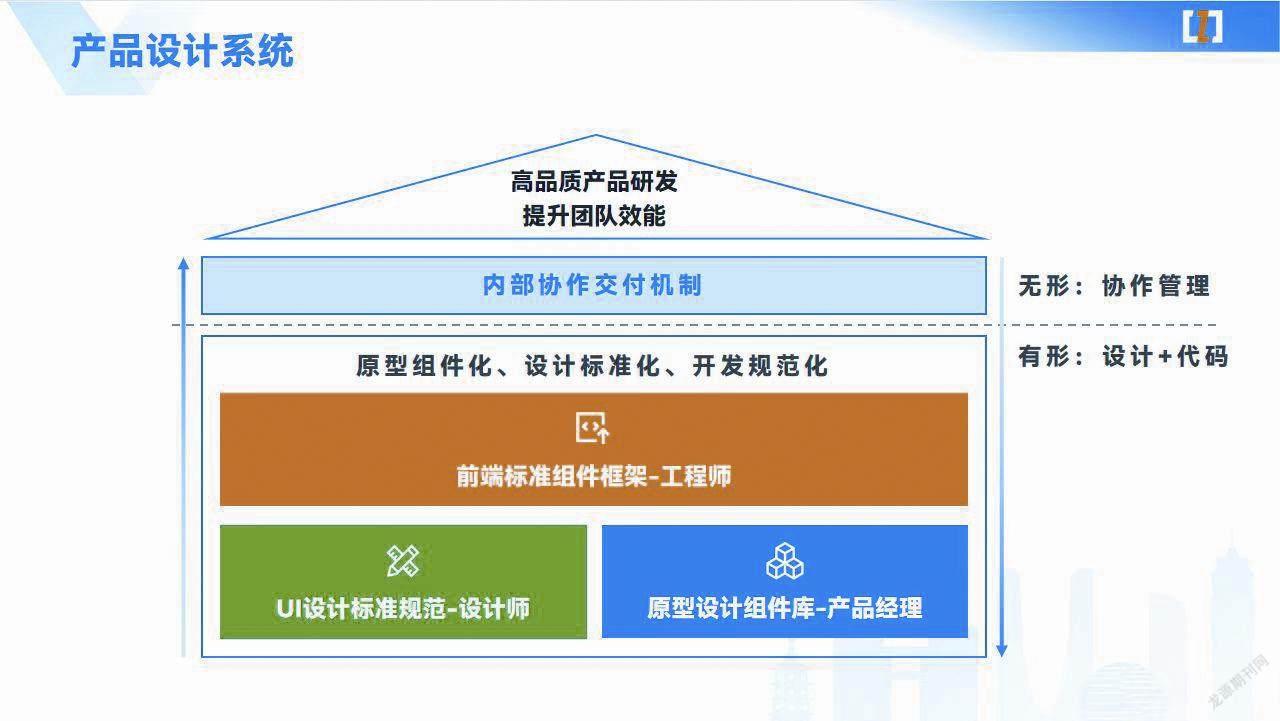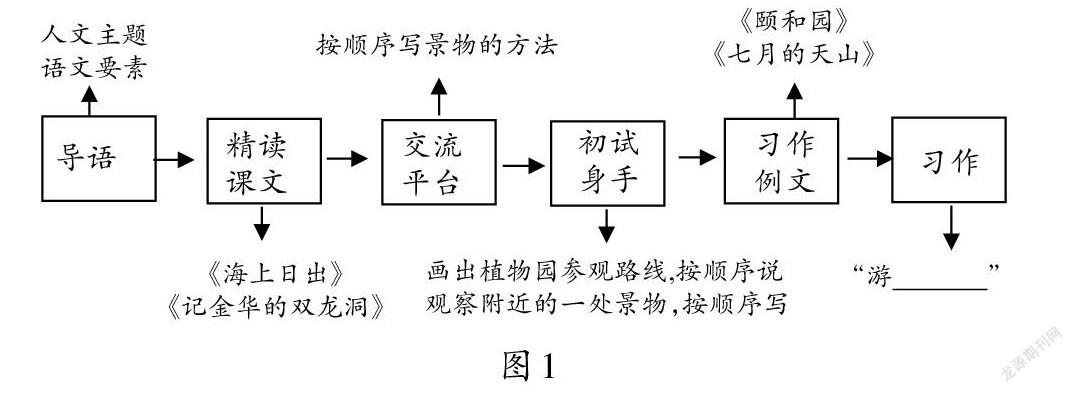赵文文 赵文飞 冯青青 闫文娴 于文静 魏红梅
[摘要] 近年来,表皮生长因子受体(EGFR)和间变性淋巴瘤激酶(ALK)基因双突变共存的非小细胞肺癌(NSCLC)病例或小样本研究陆续有报道,但其治疗策略尚无定论,尤其是靶向药物的选择。本文报告1例EGFR和ALK基因双突变共存男性肺腺癌病人临床资料,并复习相关文献,以期为该类病人的治疗提供临床借鉴。
[关键词] 癌,非小细胞肺;基因,erbB-1;间变性淋巴瘤激酶;病例报告
[中图分类号] R734.2[文献标志码] B[文章编号] 2096-5532(2020)01-0146-03
[ABSTRACT]Cases of non-small cell lung cancer (NSCLC) with epidermal growth factor receptor (EGFR) and anaplastic lymphoma kinase (ALK) mutations and related small-sample studies have been constantly reported in recent years; however, no consensus has been reached on treatment strategy, especially the selection of targeted drugs. This article reports the clinical data of a male lung adenocarcinoma patient with EGFR and ALK mutations and reviews relevant literature, so as to provide a reference for the treatment of such patients.
[KEY WORDS]carcinoma, non-small-cell lung; genes, erbB-1; anaplastic lymphoma kinase; case reports
全球统计数据显示,2018年新增癌症病人1 810万,死于癌症的病人数量达960万,肺癌位居恶性肿瘤第一位,肺癌的发病率为11.6%,死亡率为18.4%[1]。其中非小细胞肺癌(NSCLC)占原发性肺癌的80%~85%[2]。近年来,肺癌的分子遗传学研究取得了显著进展,NSCLC的治疗进入靶向治疗时代。表皮生长因子受体(EGFR)和间变淋巴瘤激酶(ALK)是肺腺癌靶向治疗的主要分子靶点,早期研究认为ALK阳性与EGFR基因突变相互排斥,不能共存[3-4]。但近几年EGFR和ALK基因双突变共存的NSCLC病例或小样本研究陆续有报道。我院收治1例EGFR和ALK双基因突变共存病人,本文对其临床资料进行分析并复习相关文献,探讨其治疗策略。
1 病例报告
病人,男,69岁,因“间断性咳嗽3月,发现右肺占位病变5 d”于2018-10-15就诊我院。既往病人有糖尿病病史10年,血糖浓度最高达11 mmol/L,目前口服二甲双胍,血糖控制良好;吸烟史10年,每日2支,目前已戒烟;否认家族肿瘤病史。2018-10-15于我院行全身PET/CT检查:右肺上叶示高代谢占位病变,考虑肺癌;右肺门、纵隔及右锁骨上多发淋巴结转移,右肺淋巴道转移,双侧叶间胸膜转移,右侧胸腔积液(少量),多发骨转移。2018-10-19行右肺占位穿刺活检,病理诊断为腺癌;扩增阻滞突变系统多聚酶链式扩增(ARMS-PCR)检测显示EGFR21外显子L858R突变、ALK突变(+)。
治疗及转归:2018-11-05开始口服吉非替尼250 mg每日1次治疗,期间无明显不良反应。每4周给予唑来膦酸治疗骨转移。2019-04-23行PET/CT检查,根据RESIST 1.1标准评价疗效为疾病部分缓解(PR)。2019-05-05病人开始出现头晕伴活动不稳,颅脑CT、MR平扫检查均未发现转移灶。后症状呈进行性加重,逐渐出现左侧嘴角歪斜。2019-06-17强化颅脑MR检查示:右侧颞叶、双侧顶叶、右枕叶及双侧小脑半球见斑片状或条片状轻度强化灶,直径<5 mm,边界欠清晰,考虑为肺癌颅脑转移。行颅脑调强放疗,DT为40 Gy/20次;口服克唑替尼,症状好转。2019-07-10复查CT,根据RESIST 1.1标准评价疗效为疾病进展(PD)。2019-08-16行右肺占位穿刺二次活检术,病理診断为腺癌;ARMS-PCR检测显示:ALK突变(+),EGFR突变(+),无T790M突变。2019-08-25病人改用ALK抑制剂色瑞替尼治疗,1个月后行CT检查,根据RESIST 1.1标准评价疗效为PD。综合病人身体及经济状况,经与病人及家属充分沟通,2019-09-04开始给予重组人血管内皮抑制素联合培美曲塞治疗。2019-12-20行CT检查,根据RESIST 1.1标准评价疗效,结果为肺部病灶PR。病人后因ECOG评分为3分,不能耐受化疗,于当地医院行对症支持治疗。随访病人于2020-03-12死亡。
2 讨论
EGFR为一种跨膜受体酪氨酸激酶,参与多种信号通路的调节,包括细胞增殖、侵袭、转移和凋亡等[5]。EGFR基因突变主要集中在亚裔、女性、无吸烟史、腺癌等人群,在亚裔NSCLC病人中其突变率为30%~50%[6]。国外NSCLC病人中ALK阳性者占3%~7%[4,7],我国约为5.1%[8],主要集中在不吸烟的年轻腺癌病人[9]。ALK融合基因通过产生融合蛋白促使ALK受体持续自磷酸化,从而激活下游信号通路引起细胞恶性转化[10]。既往的研究认为,EML4-ALK融合型基因可能是EGFR对TKI耐药的原因之一[7],理论上两者的突变激活应该是绝对互斥的[3,11]。但是,EGFR和ALK基因双突变作为罕见分子事件,陆续有个案报道,有研究显示其发生率约为1%[12-13]。目前,此类病人临床病理特点尚不清楚。
分子遗传学分析显示,肺癌具有高异质性[14],双基因突变共存的现象可能与肿瘤高异质性有关[15-17]。究其原因:①肿瘤组织的不同细胞可能出现不同的基因突变;②肿瘤组织的同一个细胞可能出现不同的基因突变;③肿瘤组织的原发灶和转移灶可能出现不同的基因突变。EGFR与ALK基因双突变共存NSCLC病人的靶向治疗药物选择策略尚无定论。LOU等[18]回顾性分析11例EGFR和ALK基因双突变阳性病人,一线使用表皮生长因子酪氨酸激酶抑制剂(EGFR-TKIs)治疗10例,其中9例生存获益。曾珠等[19]回顾性分析5例EGFR和ALK基因双突变病人一线应用EGFR-TKIs治疗,结果均为PR。提示对于EGFR和ALK基因雙突变晚期NSCLC病人,一线使用EGFR-TKIs可能是有效选择之一。另有少数研究显示,一线应用EGFR-TKIs疗效不佳[20]。目前,EGFR与ALK基因双突变的晚期NSCLC病人一线治疗多首选EGFR-TKIs药物,EGFR-TKIs治疗进展后,换用ALK-TKIs较常见。LOU等[18]报道5例EGFR和ALK基因双突变病人一线应用EGFR-TKIs治疗进展后,二线给予克唑替尼治疗,其中1例PR,1例疾病稳定(SD),3例出现PD,提示EGFR和ALK基因双突变病人EGFR-TKIs序贯ALK-TKIs疗效可能不佳。本文病人一线应用吉非替尼达到PR,但一线使用EGFR-TKIs无进展生存期(PFS)为5个月,显著低于单一EGFR基因突变病人一线应用EGFR-TKIs治疗的中位PFS(9个月)[21]。提示EGFR和ALK基因双突变病人对一线应用EGFR-TKIs的反应差别较大。ALK基因突变通常被认为是一个小概率、大意义的分子事件。SOLOMON等[22]研究结果显示,一线应用克唑替尼治疗ALK基因突变病人中位PFS为10.9个月。本文病人二线更换ALK-TKIs后效果差,出现快速进展,尽管本例病人两次活检均显示存在ALK基因突变,但一代、二代ALK-TKIs药物疗效均不佳,考虑可能与本例病人ALK基因突变丰度较低有关,还可能与该例病人的磷酸化EGFR水平高于ALK有关[16]。本文报道EGFR和ALK基因双突变病人靶向治疗整体效果较差,与相关研究结果一致[23-24]。另外,病人后线行抗血管生成药物重组人血管内皮抑制素联合培美曲塞治疗,获得影像学PR,PFS达5个月。
综上所述,目前对EGFR和ALK基因双突变共存病人治疗尚缺乏大型临床数据的支持,有许多问题有待思考和进一步研究,比如应用靶向药物的先后顺序、EGFR和ALK-TKIs双药及抗肿瘤血管生成药物联合使用是否可能达到更佳疗效等。
[参考文献]
[1]BRAY F, FERLAY J, SOERJOMATARAM I, et al. Global cancer statistics 2018:
GLOBOCAN estimates of incidence and mortality worldwide for 36 cancers in 185 countries[J]. CA:
a Cancer Journal for Clinicians, 2018,68(6):394-424.
[2]WATZKA F M, FOTTNER C, MIEDERER M, et al. Surgical therapy of neuroendocrine neoplasm with hepatic metastasis:
patient selection and prognosis[J]. Langenbeck"s Archives of Surgery, 2015,400(3):349-358.
[3]GAINOR J F, VARGHESE A M, OU S H, et al. ALK rearrangements are mutually exclusive with mutations in EGFR or KRAS:
an analysis of 1 683 patients with non-small cell lung cancer[J]. Clinical Cancer Research:
an Official Journal of the American Association for Cancer Research, 2013,19(15):4273-4281.
[4]SHAW A T, YEAP B Y, MINO-KENUDSON M, et al. Cli-nical features and outcome of patients with non-small-cell lung cancer who harbor EML4-ALK[J]. Journal of Clinical Oncology, 2009,27(26):4247-4253.
[5]SHI Y K, AU J S, THONGPRASERT S, et al. A prospective,molecular epidemiology study of EGFR mutations in Asian patients with advanced non-small-cell lung cancer of adenocarcinoma histology (PIONEER)[J]. Journal of Thoracic Oncology:
Official Publication of the International Association for the Study of Lung Cancer, 2014,9(2):154-162.
[6]WU Y L, ZHONG W Z, LI L Y, et al. Epidermal growth factor receptor mutations and their correlation with gefitinib the-rapy in patients with non-small cell lung cancer:
a meta-analysis based on updated individual patient data from six medical centers in mainland China[J]. Journal of Thoracic Oncology:
Official Publication of the International Association for the Study of Lung Cancer, 2007,2(5):430-439.
[7]SODA M, CHOI Y L, ENOMOTO M, et al. Identification of the transforming EML4-ALK fusion gene in non-small-cell lung cancer[J]. Nature, 2007,448(7153):561-566.
[8]TIAN H X, ZHANG X C, YANG J J, et al. Clinical characteristics and sequence complexity of anaplastic lymphoma kinase gene fusions in Chinese lung cancer patients[J]. Lung Cancer (Amsterdam, Netherlands), 2017,114:90-95.
[9]TANTRAWORASIN A, LERTPRASERTSUKE N, KONG-KARNKA S, et al. Retrospective study of ALK rearrange-ment and clinicopathological implications in completely resected non-small cell lung cancer patients in Northern Thailand:
role of screening with D5F3 antibodies[J]. Asian Pacific Journal of Cancer Prevention:
APJCP, 2014,15(7):3057-3063.
[10]COSTA D B, SHAW A T, OU S H I, et al. Clinical expe-rience with crizotinib in patients with advanced ALK-rearranged non-small-cell lung cancer and brain metastases[J]. Journal of Clinical Oncology, 2015,33(17):1881-1888.
[11]TORRE L A, SIEGEL R L, WARD E M, et al. Global cancer incidence and mortality rates and trends:
an update[J]. Cancer Epidemiology, Biomarkers & Prevention, 2016,25(1):16-27.
[12]ULIVI P, CHIADINI E, DAZZI C, et al. Nonsquamous, non-small-cell lung cancer patients who carry a double mutation of EGFR, EML4-ALK or KRAS:
frequency, clinical-pathological characteristics, and response to therapy[J]. Clinical Lung Cancer, 2016,17(5):384-390.
[13]WARTH A, PENZEL R, LINDENMAIER H, et al. EGFR, KRAS, BRAF and ALK gene alterations in lung adenocarcinomas:
patient outcome,interplay with morphology and immunophenotype[J]. The European Respiratory Journal, 2014,43(3):872-883.
[14]HIRSCH F R, SCAGLIOTTI G V, MULSHINE J L, et al. Lung cancer:current therapies and new targeted treatments[J]. The Lancet, 2017,389(10066):299-311.
[15]BALDI L, MENGOLI M C, BISAGNI A, et al. Concomitant EGFR mutation and ALK rearrangement in lung adenocarcinoma is more frequent than expected:
report of a case and review of the literature with demonstration of genes alteration into the same tumor cells[J]. Lung Cancer, 2014,86(2):291-295.
[16]YANG J J, ZHANG X C, SU J, et al. Lung cancers with concomitant EGFR mutations and ALK rearrangements:diverse responses to EGFR-TKI and crizotinib in relation to diverse receptors phosphorylation[J]. Clinical Cancer Research, 2014,20(5):1383-1392.
[17]MARUSYK A, ALMENDRO V, POLYAK K. Intra-tumour heterogeneity:
a looking glass for cancer[J]? Nature Reviews Cancer, 2012,12(5):323.
[18]LOU N N, ZHANG X C, CHEN H J, et al. Clinical outcomes of advanced non-small-cell lung cancer patients with EGFR mutation, ALK rearrangement and EGFR/ALK co-alterations[J]. Oncotarget, 2016,7(40):65185-65195.
[19]曾珠,吴一龙. EML4-ALK与EGFR基因突变共存型非小细胞肺癌研究进展[J]. 中国肺癌杂志, 2011,14(11):880-884.
[20]LEE J K, KIM T M, KOH Y, et al. Differential sensitivities to tyrosine kinase inhibitors in NSCLC harboring EGFR mutation and ALK translocation[J]. Lung Cancer (Amsterdam, Netherlands), 2012,77(2):460-463.
[21]MINAMI S, JOKOJI R, YAMAMOTO S, et al. Amylase-producing lung cancer with a positive epidermal growth factor receptor mutation treated with gefitinib:
a case report[J]. World Journal of Oncology, 2014,5(1):41-46.
[22]SOLOMON B J, MOK T, KIM D W, et al. First-line crizo-tinib versus chemotherapy in ALK-positive lung cancer[J]. The New England Journal of Medicine, 2014,371(23):2167-2177.
[23]MIYANAGA A, SHIMIZU K, NORO R, et al. Activity of EGFR-tyrosine kinase and ALK inhibitors for EML4-ALK-rearranged non-small-cell lung cancer harbored coexisting EGFR mutation[J]. BMC Cancer, 2013,13:262.
[24]ZHAO N, ZHENG S Y, YANG J J, et al. Lung adenocarcinoma harboring concomitant EGFR mutation and EML4-ALK fusion that benefits from three kinds of tyrosine kinase inhibitors:
a case report and literature review[J]. Clinical Lung Cancer, 2015,16(2):e5-e9.
(本文編辑 黄建乡)
猜你喜欢 激酶腺癌基因突变 我国科学家揭示肺腺癌分子全景科学24小时(2020年11期)2020-12-14表现为单纯磨玻璃密度结节的肺浸润性腺癌的影像学特征分析中国医学创新(2018年14期)2018-09-03癌细胞“杀手”科学24小时(2018年1期)2018-01-10“基因突变和基因重组”复习导航中学生理科应试(2017年6期)2017-09-27腺癌合并糖尿病放疗后血糖变化及相关因素分析糖尿病新世界(2017年7期)2017-08-11基因突变与生物变异中学生理科应试(2017年2期)2017-04-01纳豆激酶五问养生大世界(2016年12期)2016-12-06





